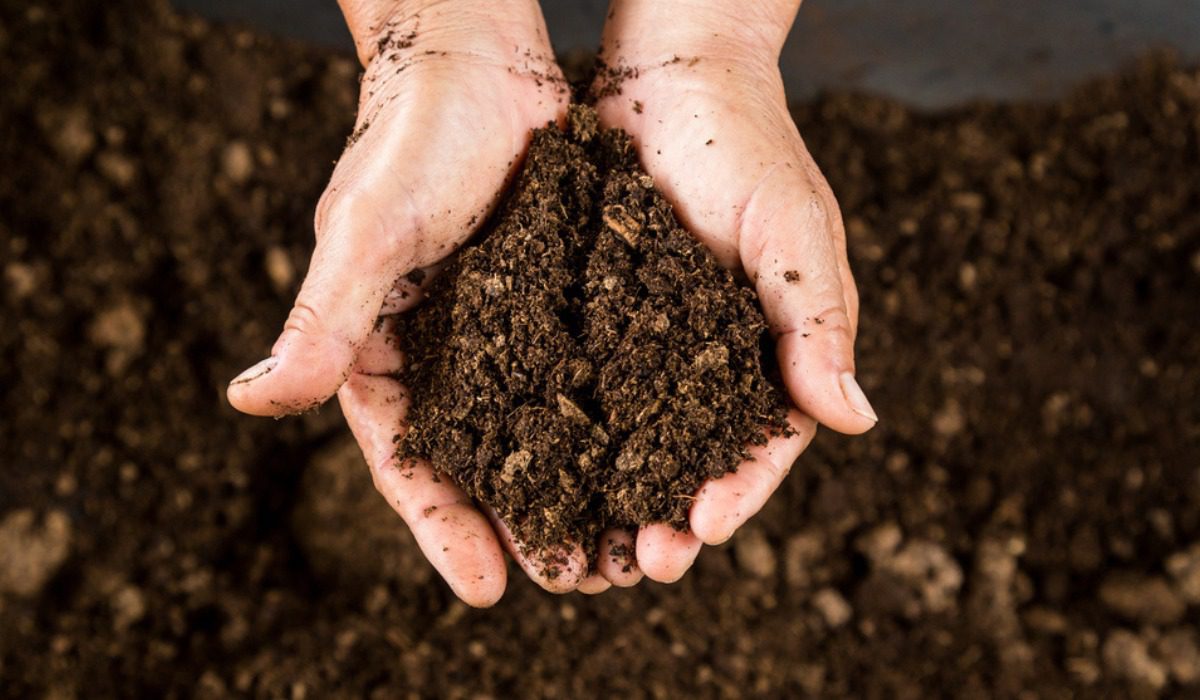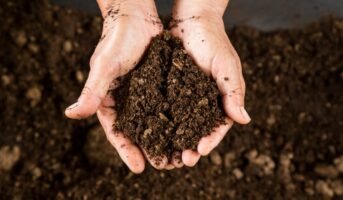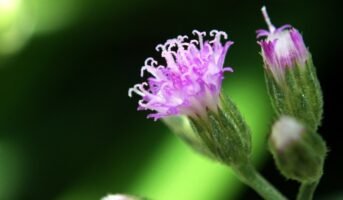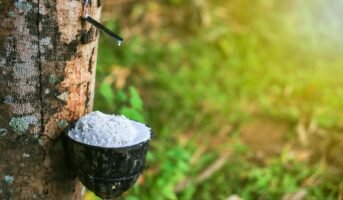The peatland ecosystem encompasses 3.7 million square kilometre. It is the most effective carbon sink on the Earth because wetland plants trap carbon dioxide naturally emitted from the peat, maintaining an equilibrium. Sphagnum moss, generally known as peat moss, is one of the most prominent components of peat, while many other plants can contribute.
The ecological characteristics of sphagnum mosses act to generate an environment that aids peat production, a phenomenon known as ‘habitat manipulation.’ Histosols are peat-based soils. Peat originates in wetland environments when floods or stagnant water obstruct the passage of oxygen from the atmosphere, delaying the rate of decomposition.

Source: Pinterest
What is peat?
Peat is the top layer of soil that is composed of partially decomposed organic matter, primarily from plant material, that has been collected due to waterlogging, oxygen shortage, excessive acidity, and nutrient deficit. It is only found in natural environments known as peatlands, bogs, mires, moors, or muskegs.
What is peat solid made of?
Peat soil is a kind of soil made of decomposed organic materials that form over the course of thousands of years. Peat soil is packed with a high content of organic matter from plant materials such as decaying sphagnum peat moss.
How is peat formed?
Peat is formed when plant material does not decompose completely under acidic and anaerobic environments. It is mostly made up of wetland vegetation, mostly bog plants such as mosses, sedges, and shrubs. The peat traps water as it accumulates. This gradually develops wetter conditions, allowing the wetland area to grow.
This is known as the hydrosere process, which begins in open water and progresses through fen phases impacted by nutrient-rich groundwater (and rainfall) to a bog that obtains nutrients and water supplies exclusively from rainfall.
How is peat processed?
When it comes to processing peat, it is generally hand cut. It can be cut in the form of blocks using spades. These blocks are then spread out to dry. Once dry, these blocks can weigh between 0.34 and 0.91 kg. In a mechanised method of processing peat, it is dug from the drained bog with the help of an excavator or dredger before being delivered to a macerator, which creates peat pulp. This pulp is then cut into blocks, which are dried.
Where does peat come from?
Peat is a naturally occurring sedimentary substance that is both common and rare; its origins are due to botanical and geological processes, and animals, plants, and varied groupings of microbial species all contribute significantly to each peat deposit. Individual peats have nothing in common unless the accumulated remnants of biological communities exceed the capacity of the environment to degrade or recycle those components.
Many peats are the result of sediment buildup in the Arctic. However, temperate peats are plentiful in areas like Ireland, and subtropical peats have evolved for thousands of years in the Okefenokee Swamp and the Everglades in the southeastern United States.
Peat, being sediment constituted of distinct particles, could have accumulated only when plants gained the ability to remain intact after plant pieces were deposited as sedimentary detritus.
Peat: Distribution

Source: Pinterest
Peatlands occur in every climatic zone and cover approximately 4.23 million square kilometres or 2.83% of the Earth’s land surface. Peatlands are distributed globally in the same way as wetlands are.
The bulk of the world’s peatlands is located in Asia(38.4%) and North America (31.6%, notably in Canada and Alaska). Peatlands in Europe account for 12.5% of the total, followed by South America for 11.5%, Africa for 4.4%, and Australasia and Oceania for 1.6%.
Peatland area is estimated to account for 5.42% of North America’s terrestrial area, followed by Europe (5.2%), Asia (3.6%), South America (2.7%), Australasia and Oceania (0.9%), and Africa (0.6%). Peatlands cover more than 10% of the area in some portions of South America’s Amazon.
Peat: What are the various layers of peat?
Several types and grades of peat are available. The features of peat are determined by factors such as the depth, the extraction technique, and the peat location’s meteorological conditions. Here are the six peat types described below:
Upper peat layer
The peat’s upper layer is the peat profile’s first ten inches. It is mostly alive and comprises tall stems of sphagnum moss; water flows readily through this zone. The top layer of peat has the drawback of not necessarily being homogeneous in the constitution.
Peat litter
Also known as peat dust, it is the unsheathed upper sheet of the peat profile. The result is pale brown and just slightly degraded. It can hold at least eight times its weight in water.
The release of water and absorption is slower in this peat than in sphagnum peat moss. Peat litter comes in three sizes: coarse, fine, and normal. Its grade is determined by the extraction process utilised.
Sphagnum peat moss
Sphagnum peat moss is a novel, partly decayed sphagnum moss that holds 10-12 times its mass in water. With a pale hue, it is nearly entirely composed of several varieties of sphagnum moss.
Since sphagnum peat moss is a comparatively newer organic substance, it degrades faster than older peat varieties. Sphagnum peat moss is currently the most common peat in high-quality potting mixes.
Non-permafrost black peat
Also referred to as champ peat, old peat, and casing soil peat, this peat type is not ideal for potting soil because it significantly shrinks when dried and has lower retention qualities. It creates pressed peat or hard peat used as fuel when properly dried.
Coloured peat
Also called grey peat, it derives from the sheet between the black and white layers of peat. This level has decayed more than the white layer, and its hue lies between black and white peat. They hold less water than peat litter and sphagnum moss peat.
Garden peat
It is an essential source of potting soil and is made by freezing, moist black peat. The frozen state of the garden peat determines its quality. Freezing the black peat increases its water-retaining properties and decreases its shrinking properties.
After drying, garden peat may absorb at least four times its weight in water. Being dark brown in colour indicates that it has proceeded to an advanced level of decomposition. It has lower air content since it is made up of very small particles.
Peat: Uses
Peat is a naturally occurring substance that is used for many purposes. It has high flammability and is an excellent component for garden soil. Let’s take a look at some of the different uses of peat:
Fuel
Dried peat can be burned as fuel, producing a smoky flame and a distinct odour. Except for types with a high inorganic matter concentration, the ash is powdery and light. Peat is used for residential heating as an alternative to firewood, and it may be briquetted or crushed to make a fuel suited for boiler burning. Peat is also used in specific households for cooking and has been utilised to generate modest quantities of power.
Gardening
Peat is used in gardening to boost the moisture-holding capacity of sandy soils and the water penetration rate of clay soils. It is also used in potting mixes to suit the acidity needs of some potted plants.
Water Filtration
Peat is also used in water filtering and is occasionally used to treat urban runoff, wastewater, and septic tank effluent. It is also used to soften aquarium water and to replicate freshwater fish habitats.
Peat: Benefits
Peat has several benefits, which are listed down below:
Compaction is prevented by peat soil
Peat soil may help your organic soil mix breathe better by increasing aeration.
Peat soil is free of pathogens
Peat soil, as opposed to untreated compost, is a suitable choice for seed starting since it hardly includes hazardous microbes such as weed seeds or toxic bacteria.
Peat soil holds moisture
The organic elements in peat soil trap moisture, making it a helpful supplement for drier soil types like sandy soil.
Peat soil has an acidic pH
Peat soil has a low pH and can enhance soil conditions in alkaline soils, particularly for plants that prefer more significant acidity levels, such as blueberries and azaleas.
Peat: Drawbacks
The major disadvantage of peat soil is that it is a non-renewable resource. Harvesting peat soil can contribute to climate change by releasing greenhouse gases into the atmosphere, such as carbon dioxide and methane.
Consider using compost, organic mulch such as pine needles, or coco coir, a by-product of the coconut processing industry, as a more ecologically friendly soil supplement.
Peat: Is it a prized natural habitat?
Peat is highly vital to our world for a variety of reasons. It serves as a carbon sink, provides excellent animal habitats, aids in water management, and preserves archaeological sites.
- Peat is critical to our world because it works as a carbon sink. Peat contains more carbon than the combined forests of the United Kingdom, France, and Germany.
- It is an important wildlife habitat since many rare species live in peatlands.
- Peat is an excellent material for water management since it can hold up to 20 times its weight in water.
- It’s also important for archaeology since peat maintains a record of former plants, landscapes, and people.
Peat: Challenges
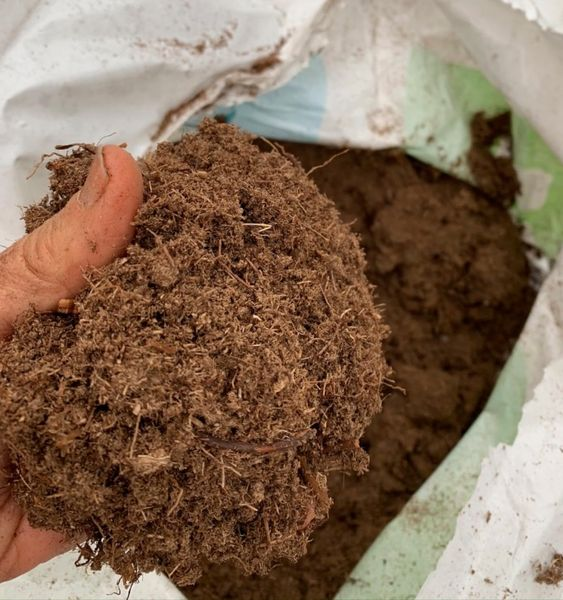
Source: Pinterest
For generations, peatlands have been under threat. They are either drained to create a place for fertile grazing and agriculture, or they are damaged by peat extraction for electricity. When peatlands are drained, their peat is exposed to air and emits carbon dioxide 20 times quicker than sequestered.
Peat: Protection and restoration
Peatlands are fragile ecosystems in the context of a larger landscape. Different forms of management might provide different results. Grazing and burning, for example, may play a beneficial role in the long-term management of peatlands maintained for nature. However, drainage and peat cutting can have a substantial influence on peatlands, resulting in irreversible damage to the peatland site.
Peatland conservation begins with site hydrology management, which helps to limit greenhouse gas emissions such as carbon dioxide. Depending on the starting point, peatland areas may require drain blockage to rewet them, utilising several techniques such as peat dams, plastic piling and bunding, plantation removal, pollution management, sphagnum transfer, and/or control of grazing, burning, water quantity and quality.
FAQs
What is peat soil?
Peat soil is a type of soil formed over thousands of years from decayed organic components such as sphagnum moss.
What is peat soil good for?
Peat soil may improve ventilation in your organic soil mix and give your plants' roots more breathing space.
Where is peat soil usually found?
Peat soils form in various wetland environments, including mires (bogs, fens), swamps, marshes, and pocosins. Peat soils may be found in all climates, although they are more common in the Northern Hemisphere's temperate and cold zones.
What grows in peat soil?
Peat moss is ideal for plants and fruits that require an acidic climate due to its low pH. Blueberries, heathers, azaleas, camellias, tomatoes, and other plants fall under this category.
Why is peat soil bad for the environment?
Mass volumes of stored carbon dioxide are released when peat is harvested, contributing to greenhouse gas levels.
Why is peat being banned?
Peat must be moist to be healthy and operate properly. Its exploitation for human use dries the peat, causing the environment to deteriorate.
Housing News Desk is the news desk of leading online real estate portal, Housing.com. Housing News Desk focuses on a variety of topics such as real estate laws, taxes, current news, property trends, home loans, rentals, décor, green homes, home improvement, etc. The main objective of the news desk, is to cover the real estate sector from the perspective of providing information that is useful to the end-user.
Facebook: https://www.facebook.com/housing.com/
Twitter: https://twitter.com/Housing
Email: [email protected]
